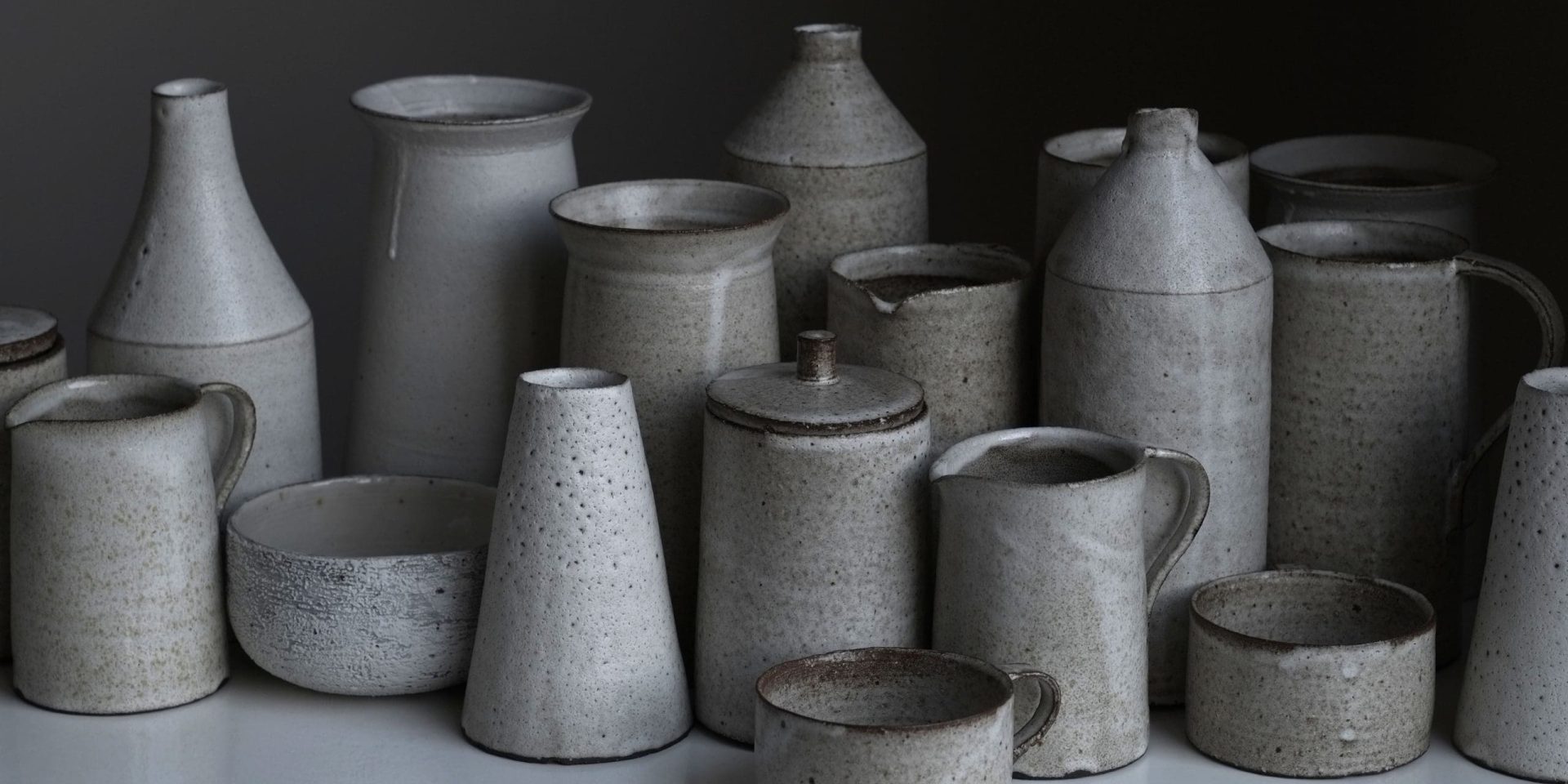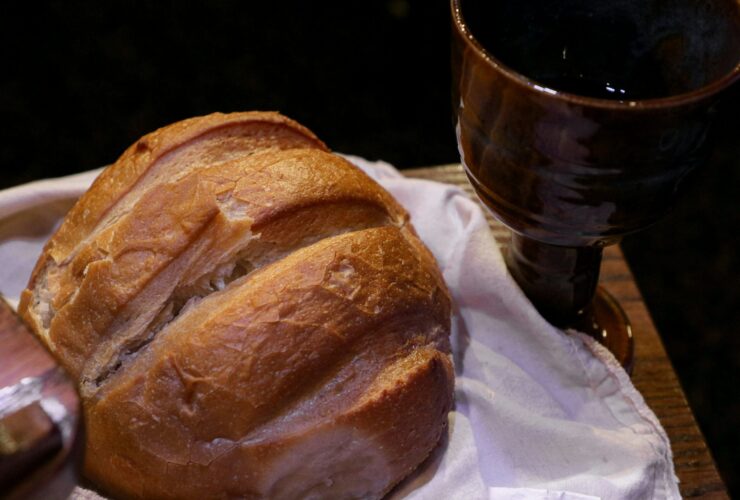First century Judaism had as a uniting symbol the Jewish Temple in Jerusalem. The Temple centralized the giving of sacrifices, and the various annual celebratory festivals of Israel. Though the Temple and festivals were important, there was much more to ancient Judaism than this unifying place.
Synagogues, Scripture, and teachers of the law existed throughout Jewish society and the faithful practiced their faith in all aspects of their daily life. Community synagogues were an essential aspect of Jewish daily faith, and in the first century BC the mikveh or immersion bath for ritual purity joined the fold.
Both public and private mikveh pools are known from archaeology. They are distinctive in their overall design and in where they are built, namely, wherever there was a Jewish community mikveh can be found. These baths enabled the faithful to observe the purity laws of bathing found in the mosaic law, in a real and convenient way.
Beyond mikveh, many researchers suggest that there was an even closer way to express the Jewish faith, through dishes made of stone. The popularity of stone carved dishes increased in the first century BC and lasted until the second century AD. Their popularity largely coincides with the boom of known Jewish mikveh. The idea is that water for personal purification rites like hand washing before prayers and before meals would be kept in stone jars, as is seen in John 2:6.
“Nearby stood six stone water jars, the kind used by the Jews for ceremonial washing, each holding from twenty to thirty gallons.”
John 2:6
On top of this, it is known that later Jewish thought believed natural stone to be more resistant to becoming ritually impure than other materials like wood or pottery. Or at the very least, stone vessels and dishes could be purified with water whereas pottery dishes rendered impure had to be destroyed. Pottery was very common and inexpensive, but its destruction was surely still a material loss and an overall inconvenience.
Interestingly, the stone used in these dishes was chalk which seems an unusual choice for dishes because it is a porous and dusty material. It must have had a distinct advantage for Jews in this time period (First century BC to Second century AD) however, because it is consistently found in Jewish contexts, but almost never outside them.
This may be due to the fact that the Mosaic Law does not mention stone vessels at all in its purity laws. Pottery was to be broken, wood washed with water, metal with water or fire (Lev. 11, 15; Num. 31), but nothing is said of stone. This scriptural loophole may have fostered the belief that stone cannot be rendered impure.
Recently, near Nazareth and the city of Cana where the gospel of John records the stone jars of pure water at a wedding (John 2:6), a chalkstone quarry has been unearthed. Inside the quarried cave chalkstone vessels were found at different stages of production.

Corie Bobechko is a daily co-host, speaker, and writer of Bible Discovery. She also hosts a YouTube channel that shows how history and archaeology prove the Bible. Her heart for seekers and skeptics has led her to seek truth and share it with others. Corie also has a Bachelor of Theology from Canada Christian College.
• Jewish Purification: Stone Vessel Workshop Discovered in Galilee
• Magen, Yitzhak. “Ancient Israel’s Stone Age,” Biblical Archaeology Review 24.5 (1998): 46–52.
https://www.baslibrary.org/biblical-archaeology-review/24/5/3
• Adler, Yonatan. “Watertight and Rock Solid: Stepped Pools and Chalk Vessels as Expressions of Jewish Ritual Purity,” Biblical Archaeology Review 47.1 (2021): 44–51.
https://www.baslibrary.org/biblical-archaeology-review/47/1/4
• Wassén, Cecilia. “Stepped Pools and Stone Vessels,” Biblical Archaeology Review 45.4 (2019): 52–58.
https://www.baslibrary.org/biblical-archaeology-review/45/4/10






